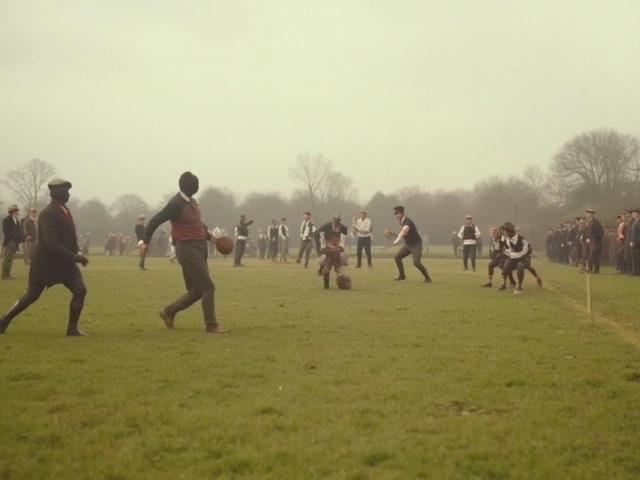Bike Navigation: Tools, Routes, and Tips for Smart Cycling
When you're out on two wheels, bike navigation, a system that guides cyclists using maps, GPS, and route planning tools. Also known as cycle navigation, it's not just about not getting lost—it's about finding the safest, fastest, or most scenic way to your destination. Whether you're riding through city streets, climbing mountain passes, or following a long-distance trail like EuroVelo, the right navigation setup turns a confusing ride into a confident one.
Good bike navigation isn't just a phone app—it’s a mix of hardware, software, and experience. Many riders use GPS cycling devices, dedicated gadgets like Garmin or Wahoo that mount to handlebars and work even when phone batteries die. Others rely on cycle navigation apps, smartphone tools like Komoot, Strava, or RideWithGPS that let you download routes offline and track elevation in real time. These tools connect to the growing network of cycling routes, planned paths from quiet country lanes to dedicated bike highways, like Hadrian's Wall or the Thames Path. What matters most isn’t the brand—it’s whether the system gives you clear turn-by-turn cues, warns you about steep climbs or busy roads, and keeps working when you need it most.
People who ride regularly don’t just follow maps—they build routes. They look for pavement quality, traffic volume, and rest stops. They check if a trail is marked on OpenStreetMap or if it’s a hidden gem only locals know. Some even plan routes around cafes or bike repair shops. That’s the real power of modern bike navigation: it turns a simple ride into a personalized adventure. You’re not just moving from point A to point B—you’re choosing the experience along the way.
And it’s not just for pros. Whether you’re commuting to work, training for a charity ride, or exploring new towns on weekends, bike navigation makes it easier to push further without fear of getting turned around. You’ll find posts here that break down the best apps for beginners, compare GPS units under $200, and show you how to plan a 100-mile route without burning out. You’ll see how riders in the UK use these tools to tackle the Lake District, the Pennine Way, or even weekend gravel loops near their homes. No fluff. Just what works.
Google Maps for Cycling: Is It Good? Pros, Cons & Alternatives
Explore whether Google Maps is a solid bike navigation tool, its strengths, limits, and top alternatives for commuters and adventure cyclists.





